Top 10 Compare and Contrast Essay Examples on Sport
In the realm of sports, enthusiasts are afforded a unique canvas to witness the harmonies and clashes of various athletic disciplines. In this article, Toplist ... read more...extends a guiding hand, offering effective examples as beacons to help readers navigate the diverse landscapes of different sports.
-
Essay topic: Football and Soccer.
Answer:
In the world of sports, the terms "football" and "soccer" often spark discussions about the beautiful game. Despite sharing a common goal of scoring points by kicking a ball into the opposing team's net, these sports differ significantly in terminology, rules, and global popularity.
Football, often referred to as American football, is prominent in the United States. It involves two teams aiming to advance an oval-shaped ball down the field, primarily using their hands and arms. The game consists of distinct plays, with strategic passes and tackles playing pivotal roles. Protective gear, including helmets and pads, is standard due to the physical nature of the sport.
On the other hand, soccer, known as football in most parts of the world, is a global phenomenon. Played in almost every country, soccer involves two teams competing to score goals using their feet, head, or any body part except their hands. The game flows continuously with minimal interruptions, and players wear simple uniforms without the extensive protective gear seen in American football.
One significant difference is the use of hands. In football, players frequently use their hands to throw, catch, and carry the ball. This contributes to the strategic complexity of the game. In soccer, touching the ball with hands is restricted to the goalkeeper, emphasizing footwork, dribbling skills, and precise passes.
Consideration should also be given to scoring methods. In football, points are earned by carrying the ball across the opponent's goal line or catching a pass in the end zone. Scoring involves a combination of strategic plays and physical prowess. In soccer, points, known as goals, are scored by kicking the ball into the opponent's net. The simplicity of scoring in soccer often leads to high-scoring and dynamic matches.
In conclusion, while football and soccer share a common objective of scoring goals with a ball, they diverge in terms of rules, terminology, and global popularity. Football, prevalent in the United States, features strategic plays, physical contact, and the use of hands. Soccer, a worldwide favorite, emphasizes continuous play, skillful footwork, and the prohibition of hand use, creating two distinct yet beloved versions of the beautiful game.
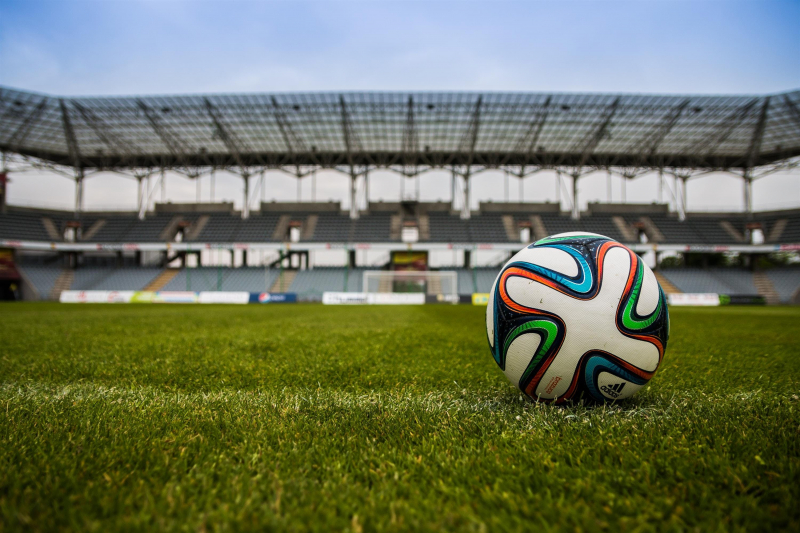
Photo by Pixabay via pexels 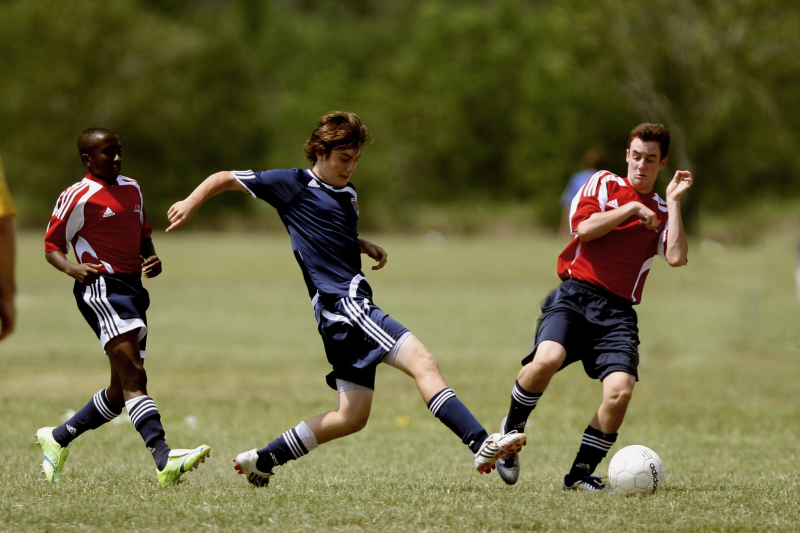
Photo by Pixabay via pexels -
Essay topic: Team Sports and Individual Sports.
Answer:
Sports come in diverse forms, catering to different preferences and styles of athletic engagement. Two prominent categories within this spectrum are team sports and individual sports, each offering unique experiences and challenges.
Team sports bring together groups of athletes with a shared objective. Examples include soccer, basketball, and volleyball, where cooperation, communication, and coordinated efforts among team members are essential for success. Team sports foster camaraderie, reliance on teammates, and the development of social skills. The dynamics of strategy and collective achievement characterize these sports.
On the other hand, individual sports focus on the accomplishments of a single athlete. Activities like tennis, swimming, and gymnastics highlight personal skills, determination, and self-discipline. Athletes in individual sports navigate challenges independently, relying on their own abilities and training. The emphasis is on personal achievement, self-improvement, and the pursuit of individual goals.
One significant difference lies in the reliance on teammates. In team sports, success hinges on collaboration, understanding, and coordinated efforts. Athletes must work in harmony with their teammates, each contributing to the overall success of the team. This collaborative aspect fosters a sense of unity and shared responsibility. In contrast, individual sports place the onus solely on the athlete. Personal skills, discipline, and self-motivation become paramount, and success is a direct result of the individual's efforts.
Consideration should also be given to the psychological aspects. Team sports often provide emotional support and shared experiences, as triumphs and challenges are faced collectively. Athletes learn to celebrate victories together and navigate defeats as a team. In individual sports, athletes experience a more solitary journey, where the mental fortitude to overcome obstacles and the ability to stay focused on personal goals are crucial.
In conclusion, team sports and individual sports offer distinct paths within the realm of athletics. Team sports emphasize collaboration, shared achievements, and the dynamics of group effort. Individual sports, on the other hand, highlight personal skills, self-discipline, and the pursuit of individual goals. Both avenues contribute to the rich landscape of sports, catering to different preferences and providing athletes with diverse experiences in their pursuit of physical excellence.
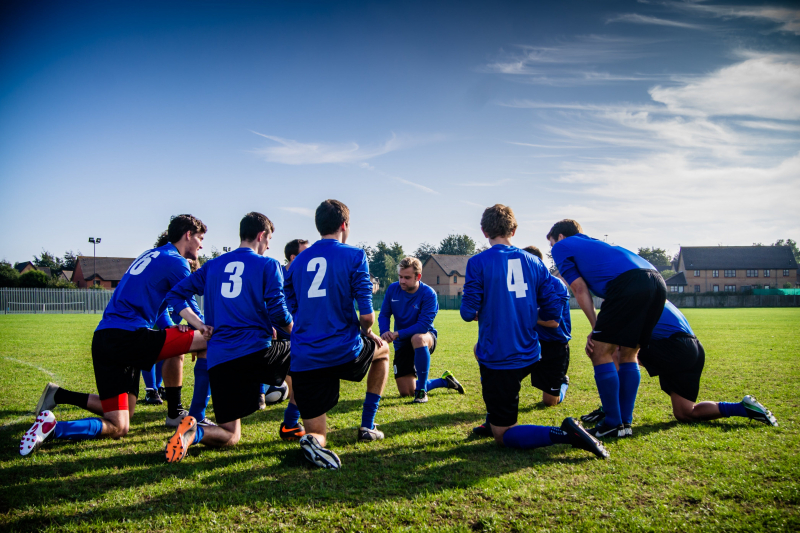
Photo by Pixabay via pexels 
Photo by Pixabay via pexels -
Essay topic: Outdoor Sports and Indoor Sports.
Answer:
Sports, a universal form of recreation, present enthusiasts with a choice between outdoor sports and indoor sports, each offering a distinct environment for athletic pursuits. Outdoor sports take place in the open air, making use of natural settings like fields, parks, and water bodies. Activities such as soccer, cricket, and hiking fall under this category, emphasizing the connection with nature and the benefits of fresh air and sunlight. Outdoor sports often offer a sense of freedom and space, allowing athletes to engage with the elements and appreciate the beauty of the outdoors.
Conversely, indoor sports unfold within enclosed spaces, typically in arenas, gyms, or specialized facilities. Sports like basketball, badminton, and gymnastics find their domain indoors, providing a controlled environment shielded from external weather conditions. Indoor sports offer the advantage of consistent playing conditions, allowing for precise gameplay and minimizing the impact of external factors.
One significant difference is the influence of the environment on gameplay. Outdoor sports, being exposed to natural elements, often require adaptability to changing conditions. Athletes engage with uneven terrains, varying weather, and natural obstacles, enhancing their versatility. On the other hand, indoor sports provide a stable and controlled setting, allowing for focused training and precise execution of techniques without external interferences.
Consideration should also be given to accessibility. Outdoor sports often require less specialized equipment and can be played in open spaces readily available in communities. These sports encourage spontaneous participation and social interactions. In contrast, indoor sports may involve the use of specific facilities and equipment, requiring access to dedicated spaces. The controlled environment of indoor sports facilities allows for consistent training but may necessitate formal arrangements.
In conclusion, outdoor sports and indoor sports offer unique environments for athletic engagement. Outdoor sports celebrate the connection with nature, adaptability, and the joy of open spaces. Indoor sports, on the other hand, provide controlled conditions, precision in gameplay, and a sheltered space for athletic pursuits. Together, these options contribute to the diverse world of sports, offering enthusiasts a choice based on personal preferences and the kind of experience they seek in their athletic endeavors.

Photo by Pixabay via pexels 
Photo by Ivan Samkov via pexels -
Essay topic: Traditional Sports and Extreme Sports.
Answer:
Sports, a vibrant part of human culture, come in diverse forms, with traditional sports and extreme sports representing two distinctive realms of athletic engagement.
Traditional sports are deeply rooted in cultural heritage and often involve well-established rules and structures. Activities like soccer, basketball, and tennis fall under this category, emphasizing teamwork, skill, and strategic gameplay. Traditional sports typically unfold in organized settings, with competitions following long-standing conventions and widely accepted regulations.
Conversely, extreme sports push the boundaries of conventional athleticism, showcasing daring feats and adrenaline-fueled adventures. Activities like snowboarding, skateboarding, and mountain biking exemplify the essence of extreme sports, often taking place in unconventional environments like mountains, skate parks, or oceans. Extreme sports prioritize individual expression, risk-taking, and a connection with the natural world.
One significant difference is the nature of the activities involved. Traditional sports focus on structured and organized gameplay, often adhering to established rules and regulations. Athletes in these sports engage in conventional arenas, relying on teamwork and adherence to well-defined strategies. In contrast, extreme sports defy the norm, often featuring unconventional settings and unscripted performances. Athletes in extreme sports navigate unpredictable terrains, showcasing a spirit of adventure and personal expression.
Consideration should also be given to the risk factor. While both types of sports involve an element of risk, traditional sports generally operate within established safety guidelines. The emphasis is on fair competition, skill development, and injury prevention. Extreme sports, however, thrive on the thrill of risk-taking. Athletes willingly engage in activities that push the boundaries of safety, often seeking the adrenaline rush associated with challenging their limits.
In conclusion, traditional sports and extreme sports offer diverse expressions of athleticism. Traditional sports embody cultural heritage, teamwork, and structured gameplay in organized settings. Extreme sports, on the other hand, embrace unconventional environments, individual expression, and risk-taking, pushing the boundaries of conventional athleticism. Together, these sports contribute to the rich tapestry of athletic pursuits, catering to different interests and showcasing the diverse ways humans engage in physical activities.
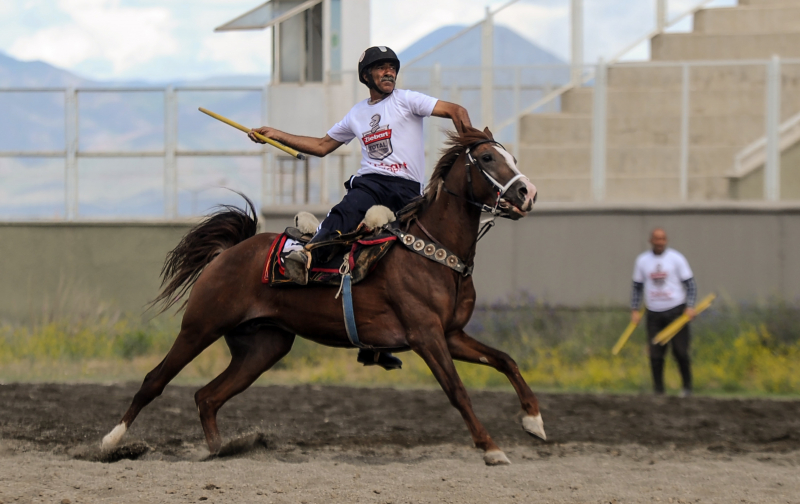
Photo by Serhat HAYTAOĞLU via pexels 
Photo by Sebastian Voortman via pexels -
Essay topic: Olympic Games and Paralympic Games.
Answer:
In the world of international sports, two grand spectacles unfold: the Olympic Games and the Paralympic Games. Both events share the spirit of competition but differ in their focus and participants.
The Olympic Games stand as a global celebration of athleticism, where athletes from around the world compete in various sports. These games have a history dating back to ancient times, showcasing the pinnacle of human physical prowess. Athletes in the Olympic Games engage in sports like swimming, athletics, and gymnastics, highlighting a diverse range of physical skills. The emphasis is on achieving excellence in sports that require strength, speed, and precision.
Conversely, the Paralympic Games provide a platform for athletes with physical disabilities to showcase their abilities. These games emerged as an extension of the Olympic spirit, aiming to celebrate inclusivity and resilience. Athletes in the Paralympic Games compete in adapted versions of traditional sports, like wheelchair basketball, para-athletics, and sitting volleyball. The focus is on overcoming physical challenges and demonstrating exceptional skill in sports tailored to accommodate different abilities.
One significant difference is the nature of the participants. Olympic Games feature able-bodied athletes, emphasizing the pursuit of physical excellence in a wide array of sports. Athletes strive for records, medals, and the honor of representing their countries on the global stage. On the other hand, the Paralympic Games highlight the achievements of athletes with diverse physical abilities, showcasing the power of determination and adaptability. The emphasis here is on celebrating triumphs over adversity and redefining the boundaries of human achievement.
Consideration should also be given to the broader impact of each event. The Olympic Games serve as a symbol of unity and friendly competition among nations. These games foster cultural exchange and international camaraderie, transcending political boundaries. In contrast, the Paralympic Games contribute to changing perceptions about disability and promoting inclusivity. These games underscore the importance of recognizing and celebrating the capabilities of individuals with physical challenges.
In conclusion, the Olympic Games and Paralympic Games represent two distinct dimensions within the realm of international sports. The Olympic Games focus on able-bodied athletes competing in a diverse range of sports, while the Paralympic Games celebrate the achievements of athletes with physical disabilities, showcasing adaptability and resilience. Together, these events contribute to the rich tapestry of global sports, embodying the values of excellence, inclusivity, and international cooperation.
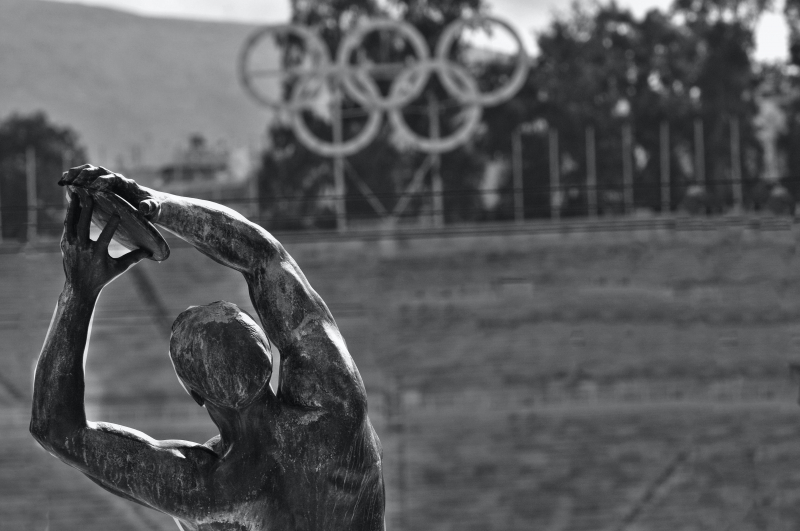
Photo by Frans van Heerden via pexels 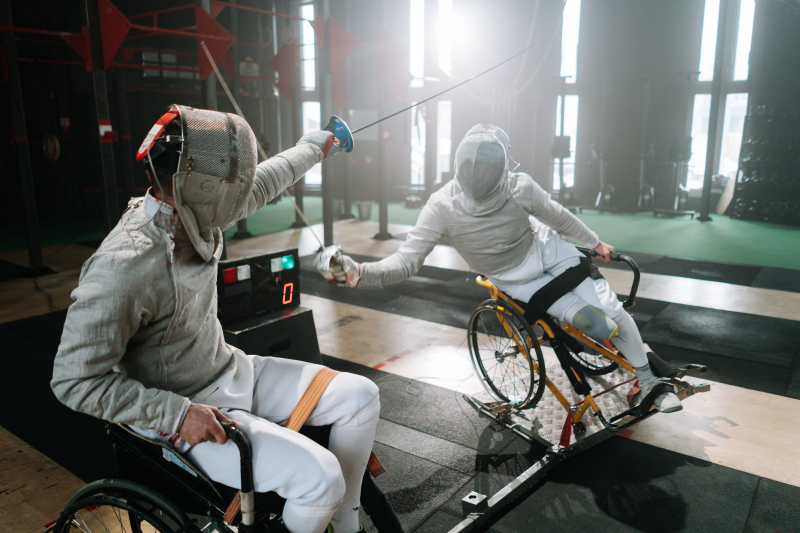
Photo by Ron Lach via pexels -
Essay topic: Individual Performance and Team Performance.
Answer:
In the world of sports, two distinct dimensions emerge: individual performance and team performance, each offering unique aspects of athletic engagement.
Individual performance in sports centers on the achievements of a single athlete. Activities like tennis, swimming, or golf exemplify this focus, where the individual's skills and efforts take precedence. Success is measured by personal records, scores, or rankings achieved by the individual athlete. The emphasis lies on self-discipline, determination, and the pursuit of personal excellence.
Conversely, team performance revolves around collective efforts and coordination among athletes. Sports like soccer, basketball, or volleyball exemplify the essence of teamwork. Success in team sports is often measured by victories, championships, or collaborative achievements. The emphasis here is on communication, collaboration, and the ability of teammates to complement each other's strengths.
One significant difference is the nature of the activities involved. Individual performance sports demand a focus on personal skills and achievements. Athletes in these sports often train independently, refining their techniques and pushing their own boundaries. In contrast, team performance sports require athletes to work together, relying on effective communication and understanding of teammates. The success of the team depends on the collective efforts of its members.
Consideration should also be given to the motivation behind each dimension. In individual performance sports, athletes are driven by personal goals and the desire to outperform themselves. The pursuit of excellence and self-improvement fuels their dedication. In team performance sports, athletes are motivated by shared objectives and the camaraderie within the team. The collective goal of achieving victories and championships strengthens the bond among teammates.
In conclusion, individual performance and team performance offer distinct avenues within the realm of sports. Individual performance emphasizes personal skills, discipline, and self-improvement. Team performance, on the other hand, highlights collaboration, communication, and the collective pursuit of shared goals. Both dimensions contribute to the diverse landscape of athletic pursuits, catering to different motivations and skill sets, enriching the broader world of sports.

Photo by Osman Arabacı via pexels 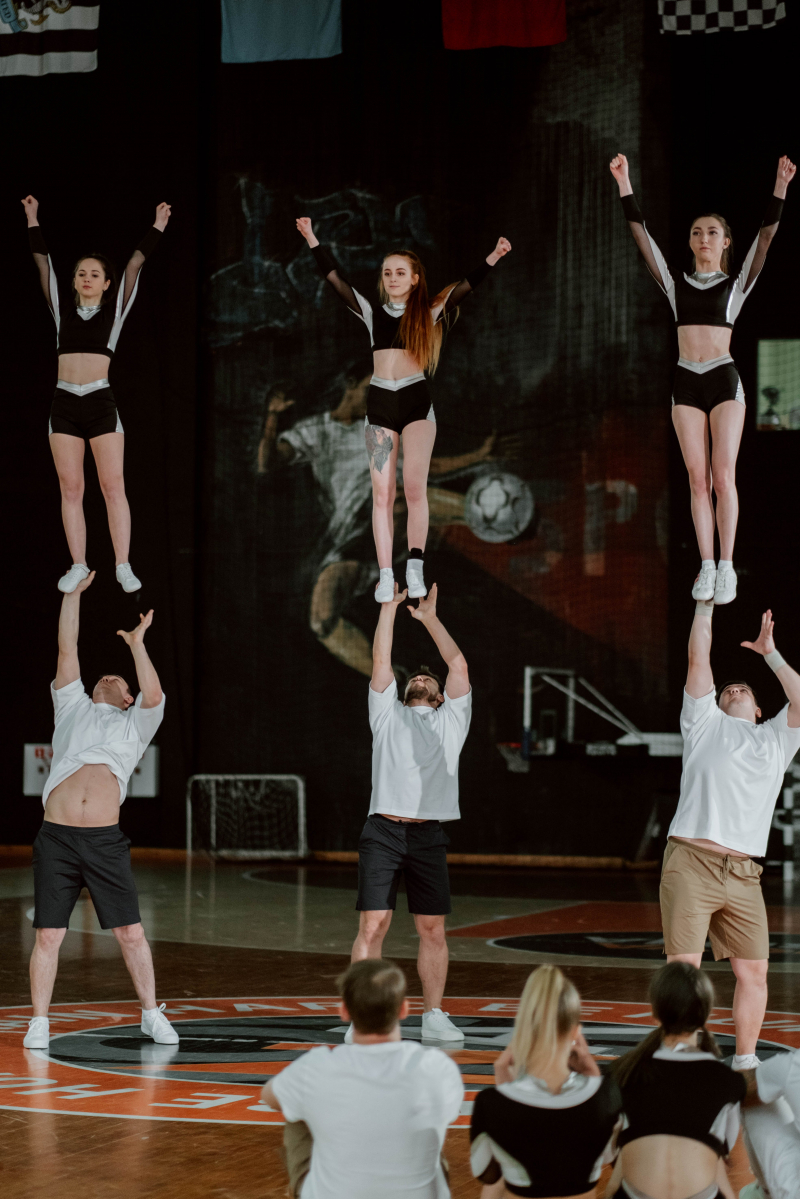
Photo by cottonbro studio via pexels -
Essay topic: Summer Sports and Winter Sports.
Answer:
Sports, a vibrant part of the human experience, vary with the seasons, presenting us with summer sports and winter sports as two distinct realms of athletic engagement.
Summer sports unfold under the warmth of the sun, often in outdoor settings. Activities like swimming, soccer, and cycling come alive during the sunny months. Athletes engage in these sports, utilizing the open spaces and favorable weather conditions. Summer sports emphasize endurance, agility, and team dynamics, fostering a sense of camaraderie and spirited competition.
Conversely, winter sports carve their niche in the cold embrace of snow and ice. Sports like skiing, ice hockey, and figure skating thrive in winter's chill. Athletes in winter sports navigate frozen terrains, showcasing skills like precision, balance, and speed. Winter sports often unfold in snow-covered landscapes, providing a unique backdrop for athletic endeavors. These sports require adaptability to colder conditions and specialized equipment suited for ice and snow.
One significant difference lies in the environmental settings. Summer sports take place in warmer climates, where athletes benefit from longer daylight hours and favorable weather. The outdoor arenas create a vibrant atmosphere for competitions, often accompanied by the cheers of spectators. In contrast, winter sports unfold in colder climates, where snow and ice become integral elements of the sporting experience. The snow-covered landscapes provide a visually distinct backdrop, creating a serene ambiance for winter competitions.
Consideration should also be given to the types of activities involved. Summer sports often involve dynamic movements, such as running, swimming, or cycling, taking advantage of the favorable weather for these activities. The focus is on endurance, speed, and teamwork. Winter sports, on the other hand, demand a different set of skills, including precision in navigating icy surfaces, agility on skis, or the coordination required for figure skating. These sports often highlight individual prowess and technical expertise.
In conclusion, summer sports and winter sports offer unique expressions of athleticism, each influenced by the distinct characteristics of their respective seasons. Summer sports thrive in warm weather, emphasizing dynamic movements and teamwork. Winter sports, set against snowy landscapes, showcase precision, balance, and individual technical skills. Both contribute to the diverse tapestry of athletic pursuits, catering to different seasonal conditions and enriching the broader world of sports.

Photo by Jonathan Borba via pexels 
Photo by Pixabay via pexels -
Essay topic: Athletics and Gymnastics.
Answer:
Sports, a realm of diverse physical activities, encompass various disciplines, with athletics and gymnastics standing out as distinct forms of athletic engagement.
Athletics involve a range of physical competitions, such as running, jumping, and throwing. Athletes showcase their speed, endurance, and strength in activities like track and field or cross-country running. These sports emphasize individual and team efforts, with participants competing in real-world settings, often outdoors. Athletics require a combination of skills like sprinting, long-distance running, and precision in throwing or jumping.
Conversely, gymnastics focus on controlled movements, balance, and flexibility. Gymnasts perform routines on apparatus like bars, beams, and mats, showcasing a blend of strength and artistic expression. This sport places a premium on body control, coordination, and the ability to execute intricate routines with precision. Gymnastics competitions take place in indoor arenas, emphasizing a structured and choreographed approach to athletic expression.
One significant difference lies in the nature of the physical activities. Athletics involve dynamic movements like running, where athletes cover varying distances, or jumping, requiring explosive power. These sports often take place in open spaces, highlighting the expansive nature of athletic engagement. Gymnastics, on the other hand, feature controlled and precise movements, with athletes navigating apparatus that demand balance and coordination. The controlled environment of a gymnasium allows for intricate routines and specialized equipment.
Consideration should also be given to the scoring system. In athletics, scoring is often straightforward, based on factors like time or distance covered. Fastest times or longest distances determine success. In gymnastics, scoring involves more subjective judgments, considering factors like technique, artistry, and execution. Judges assign scores based on the overall performance and adherence to specific criteria.
In conclusion, athletics and gymnastics offer unique expressions of athleticism. Athletics showcase dynamic movements, speed, and endurance in outdoor settings. Gymnastics, on the other hand, emphasize controlled and precise movements, artistic expression, and flexibility within the structured environment of a gymnasium. Both sports contribute to the diverse landscape of athletic pursuits, catering to different interests and skill sets, enriching the broader world of physical activities.

Photo by nappy via pexels 
Photo by Pixabay via pexels -
Essay topic: Traditional Sports and E-Sports.
Answer:
Sports, a source of entertainment and competition, come in diverse forms, with traditional sports and e-sports representing different dimensions of athletic engagement.
Traditional sports involve physical activities, like soccer or basketball, where athletes compete in real-world settings. These sports have a rich history, with rules and techniques passed down through generations. Traditional sports emphasize physical fitness, teamwork, and face-to-face competition. Athletes in traditional sports engage in training, honing their skills in outdoor or indoor environments.
On the other hand, e-sports involve competitive video gaming, where players compete in virtual worlds. Games like League of Legends or Fortnite provide the arena for these digital battles. E-sports have gained popularity in the digital age, attracting a global audience. Players compete individually or in teams, showcasing strategic thinking, quick reflexes, and digital prowess. E-sports athletes practice in the virtual realm, mastering game mechanics and strategies.
One significant difference lies in the nature of the activities. Traditional sports require physical exertion, involving movements like running, jumping, or throwing. They often take place in real-world locations, emphasizing the tangible aspect of athleticism. E-sports, in contrast, involve mental agility and hand-eye coordination within a virtual setting. The competition takes place on screens, with players using controllers or keyboards to navigate the digital challenges.
Consideration should also be given to the perception of sportsmanship. In traditional sports, athletes display sportsmanship through physical gestures, like handshakes or team celebrations. Face-to-face interactions allow for immediate acknowledgment of opponents and teammates. In e-sports, sportsmanship is conveyed through online interactions, with players typing messages or using digital emotes to express respect or camaraderie.
In conclusion, traditional sports and e-sports offer different avenues of athletic engagement. Traditional sports emphasize physical activity, teamwork, and face-to-face competition in real-world settings. E-sports, on the other hand, showcase digital prowess, mental agility, and strategic thinking in virtual environments. Both contribute to the diverse landscape of sports, catering to different interests and skills, enriching the broader world of athletic pursuits.

Photo by Serhat HAYTAOĞLU via pexels 
Photo by Yan Krukau via pexels -
Essay topic: Professional Sports and Amateur Sports.
Answer:
Sports, a universal form of recreation, come in various forms, with professional sports and amateur sports representing different sides of athletic engagement.
Professional sports involve athletes who make their living through sports, often competing at the highest levels. These athletes are experts in their fields, earning money through salaries, endorsements, and sponsorships. Leagues like the NBA or NFL attract global attention, showcasing the pinnacle of athletic skill. Professional athletes undergo intense training to reach the peak of their physical abilities.
In contrast, amateur sports involve individuals who play for the love of the game, without the main goal of financial gain. Amateur athletes participate in local or school leagues, focusing on enjoyment, skill development, and camaraderie rather than monetary rewards. Amateurs may juggle sports with other commitments like work or school.
One major difference lies in motivation. Professional sports athletes are driven by passion and the desire to make a living from their skills. Their dedication creates a highly competitive environment where success is measured in personal achievement and financial rewards. On the other hand, amateur sports participants engage primarily for the joy of the sport, personal development, and the community that comes with team or individual pursuits.
Consideration should also be given to the level of competition. Professional sports represent the highest level of athleticism, with athletes pushing physical boundaries for excellence. Competition is fierce, and success is measured in titles, championships, and individual accolades. Amateur sports, while competitive, emphasize inclusivity, allowing individuals of varying skill levels to participate without the pressure of a professional spotlight.
In conclusion, professional sports and amateur sports offer distinct experiences in athletic engagement. Professional sports showcase the highest levels of skill and competition, driven by financial incentives and global recognition. Amateur sports, rooted in enjoyment and community, provide space for personal fulfillment and the love of the game. Both contribute to the diverse landscape of sports, catering to different motivations and players, enriching the broader world of athletic pursuits.

Photo by Pixabay via pexels 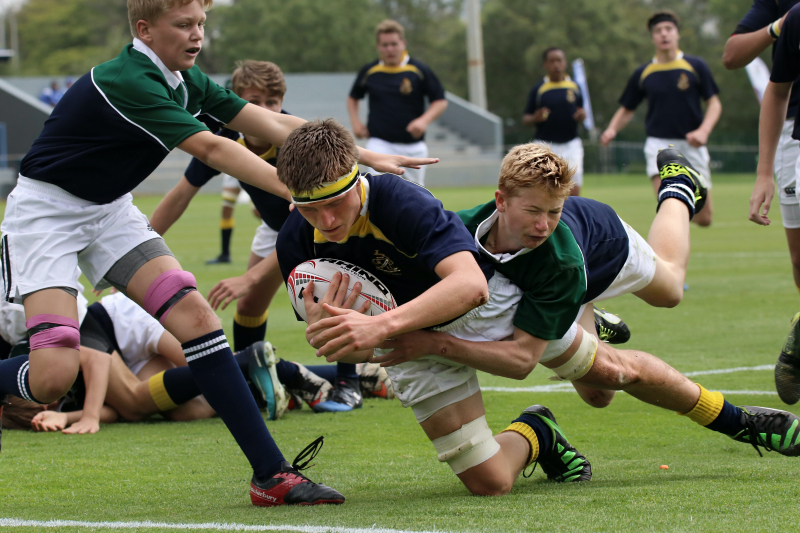
Photo by Patrick Case via pexels





















